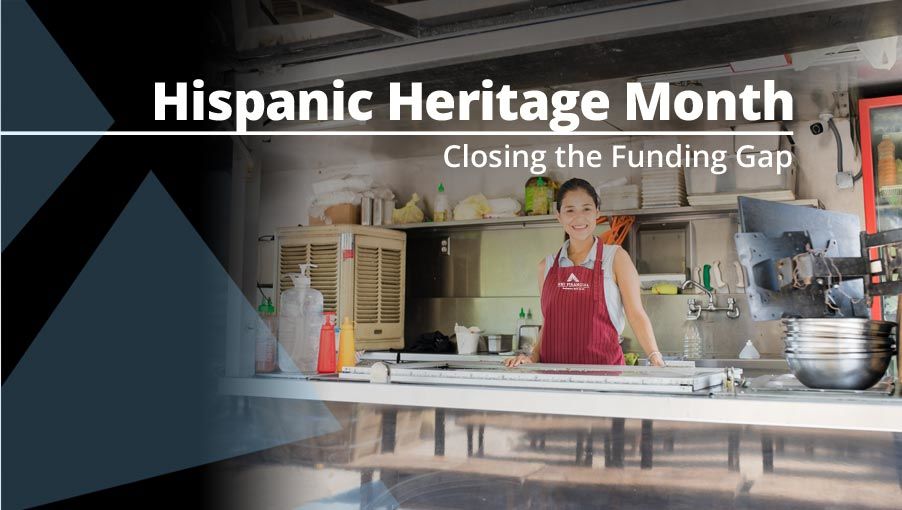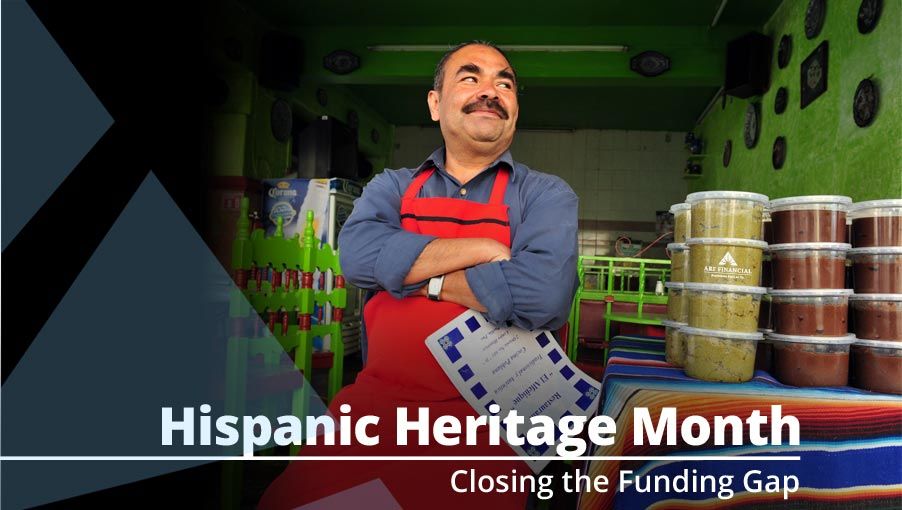The Ins and Outs of Latino Entrepreneurship

Latino Entrepreneurship
Latino entrepreneurship is a growing phenomenon in the United States. With the arrival of National Hispanic American Heritage Month, which begins September 15th and goes through October 15th, we’re taking a look at one of the fastest-growing ethnic groups in the United States: 18% of the population today is Latino, and increasing at a steady rate; it’s estimated that by 2060, the Hispanic population of the U.S. will top 28%. It should come as no surprise then that Latino entrepreneurs are becoming more and more prevalent: they’re creating businesses at a higher rate than their population growth! Were it not for Latino business creation, researchers estimate the unemployment rate would have risen above 10 percent during The Great Recession (from 2008 – 2010).
Here, we dive into the barriers latino entrepreneurship faces when it comes to small-business creation, as found through a recent study released by the Stanford Latino Entrepreneurship Initiative.
Funding Foibles
Despite Latino entrepreneurship growing at an incredible pace, it’s interesting to note the sheer size (or lack thereof) of them. An eye-opening 98% of Latino-owned businesses report less than $1 million in annual revenue. So, what’s the deal? There’s a little something in the business world called The Funding Gap, defined as “the amount of money needed to fund the ongoing operations or future development of a business or project that is not currently provided by cash, equity or debt.” Basically, the main culprit hindering the expansion of these small businesses is a major lack of available capital. There’s an undeniable risk in taking on a smaller company, and national banks are leery of making that gamble. The United States government’s Small Business Administration guarantees loans, but these are accessed at even lower rates by Latino entrepreneurs than borrowing from national banks. This results in Latinos funding their small business ventures through friends, family, credit cards, angel investors and venture capital.
Millennial Movement
The study also found 86% of immigrant-owned businesses with at least $1 million in annual revenue are millennial-owned by Latinos who came to the U.S as children (“millennial” is defined as anyone under the age of 34). To explain this surprising finding, the authors of the study note these people are more likely to speak fluent English, have higher education degrees, and a strong social network—all of which contribute to the greater likelihood of success in nearly any population. Additionally, many young immigrants chose to start their own small businesses rather than go to work for someone else, to avoid employment paperwork requirements. Millennial-driven latino entrepreneurship is a business market which also remains underfunded.

Let’s Hear It for the Girls
Today, nearly half of all Latino businesses—44%—are owned by Latinas. In fact, from 2007 to 2015, almost half of the growth in new Latino businesses came from firms started by women. In contrast, white females accounted for just 13% of new business growth, while black entrepreneurs accounted for 20%. Even though these numbers bode well for the female community of business owners, there’s a downside to take into consideration as well: Just 30% of companies owned by Latinas have annual revenue over $1 million. But that’s not stopping these women! Check out this piece profiling 12 millennial Latina business owners who are paving the way for future generations (and proving they’re a creative force to keep your eye on).
If you’re ready to head down the path of the successful entrepreneur, you’ll need the working capital required to get started on the right foot. Contact ARF Financial for a simple quote process, with approvals in as little as 24 hours and you’ll make fixed weekly payments. Plus, it’s free and your credit won’t be impacted. APPLY NOW!

